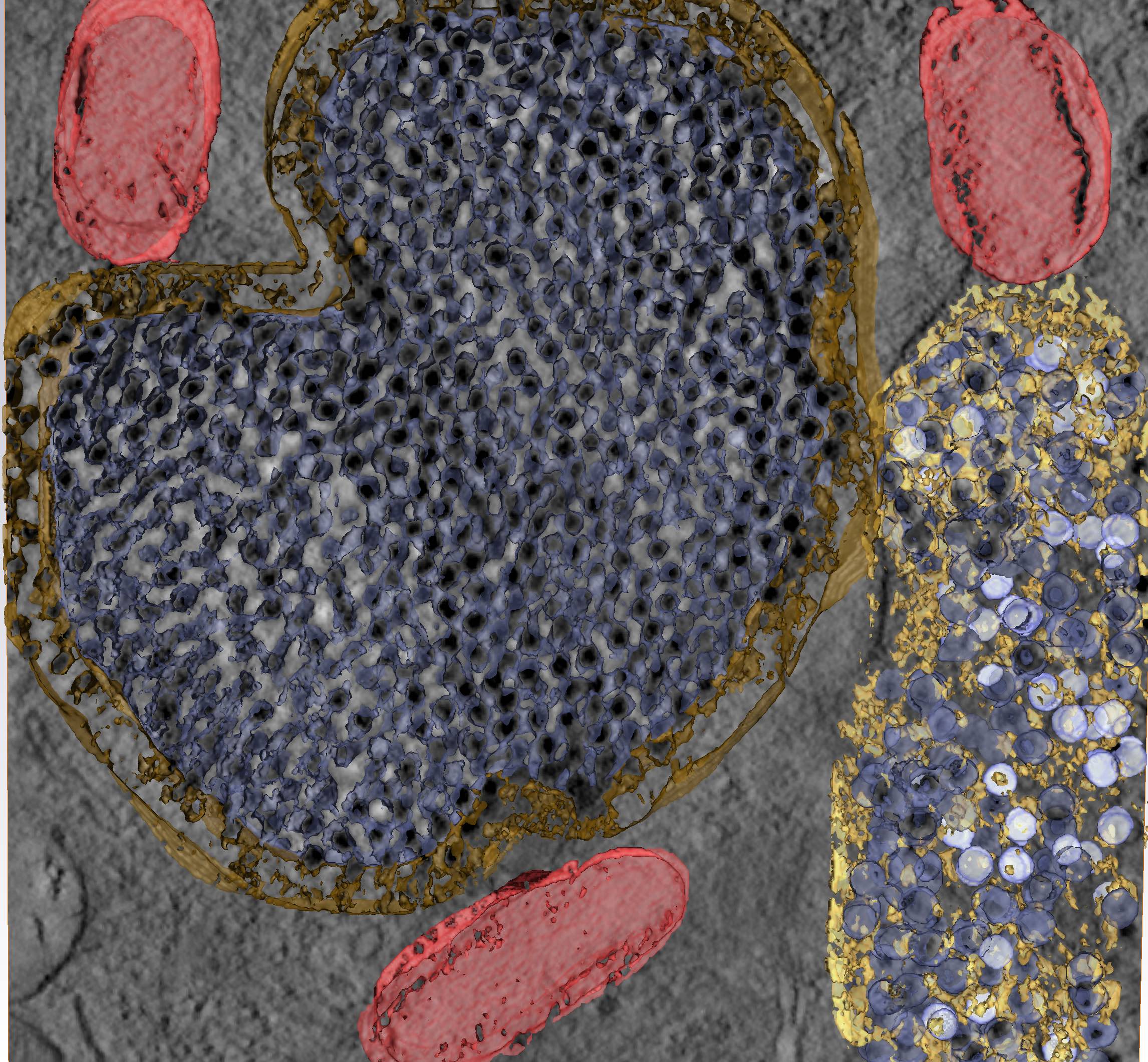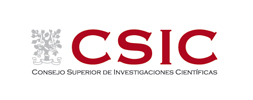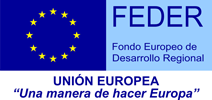
The scientists of the department work in a large number of biological problems, in particular in the structural and functional characterisation of different molecular machines such as viral structures (Casasnovas, Carrascosa, Castón, Risco, San Martín and van Raaij), DNA repair enzymes (Moreno-Herrero) or molecular chaperones (Valpuesta). These studies are carried out using different structural and biophysical techniques, most of them available at the CNB, which include X-ray diffraction, single-molecule techniques (optical and magnetic tweezers) and various spectroscopic techniques.
Of special note is the development of microscopy techniques such as atomic force, optical, and X-ray microscopy, and particularly transmission electron microscopy in its distinct variants (single-particle cryoelectron microscopy, cryoelectron tomography and very recently crycorrelative microscopy), which is supported by the CNBcryoelectron microscopy, the first facility of this kind in Spain. This work is strongly supported by continuous software development in the field of image processing (Carazo, Fernández and Sánchez Sorzano), which has led to the CNB hosting of the INSTRUCT image processing centre, a pan-European research infrastructure network facility that provides expertise and access to high quality instruments.
Technical developments are also pursued in the field of proteomics (Corrales), which resulted in the CNB being chosen to head the Spanish proteomic facilities network (PROTEORED) and participation in the Human Proteome Project.
Finally, it is important to stress the role played by scientists fom this department in different aspects of the COVID-19 related investigation carried out by the CNB, which has placed our centre at the forefront of the Spanish reseach in this field.
Head of Department: José María Valpuesta
OUR RESEARCH GROUPS:
Three-dimensional electron microscopy: image processing challenges. José María Carazo and Carlos Oscar Sorzano
Cell-cell and virus-cell interactions. José María Casasnovas
Structure of macromolecular assemblies. José L. Carrascosa, until February 2020
Viral molecular machines. José R. Castón
Functional proteomics. Fernando Corrales
Ultrastructure of viruses and molecular aggregates. Jaime Martín Benito
Molecular Biophysics of DNA repair Nanomachines. Fernando Moreno-Herrero
Cell Structure Laboratory. Cristina Risco
Structural and physical determinants of viral assembly. Carmen San Martín
Structure and function of molecular chaperones. José María Valpuesta
Structural biology of viral fibres. Mark van Raaij
Junior Groups
Molecular mechanisms of transcription-replication conflicts (TRCs) in eukaryotes. Esther Ortega






